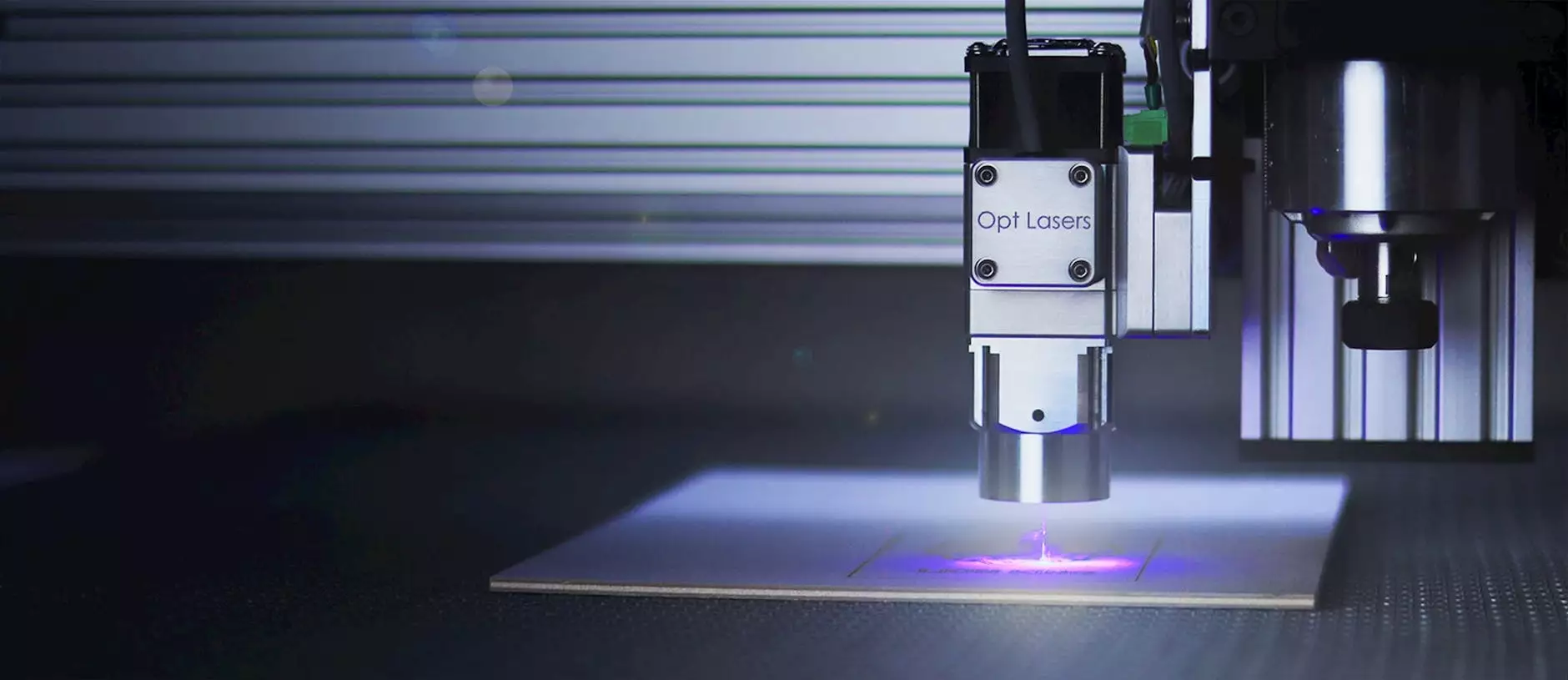Understanding CNC Machines: The Future of Precision Manufacturing

CNC machines, or Computer Numerical Control machines, represent a significant evolution in the manufacturing process. These automated tools are operated by computers using pre-programmed commands and sequences, allowing for a level of precision and efficiency unattainable by manual operations. In this extensive guide, we delve into the mechanics, programming, and applications of CNC machining, revealing how these machines transform industries around the globe.
What are CNC Machines?
At their core, CNC machines are sophisticated pieces of technology that can perform various machining operations, such as cutting, milling, drilling, and engraving, with remarkable accuracy. Unlike traditional machines, which rely on handwheels and levers, CNC machines are entirely automated, relying on digital instructions to execute tasks.
The Evolution of CNC Technology
The journey of CNC technology began in the 1950s with the advent of computers. Initially, machines were operated using punched tape, which provided a means of programming simple movements. With the rise of advanced computer systems and software, the CNC machines we see today have become exponentially more capable. Modern CNC systems utilize G-code, a programming language that dictates the actions of the machine.
How CNC Machines Work
CNC machines operate based on a combination of software and hardware elements. The process begins with a design created in a Computer-Aided Design (CAD) program, which translates the desired specifications into a digital format. Subsequently, this design is converted into computer instructions through Computer-Aided Manufacturing (CAM) software.
The Role of G-Code in CNC Machining
G-code is the programming language commonly used in cnc machining. It provides precise instructions regarding motion, feed rate, tool speed, and more. Each line of G-code corresponds to a specific command that tells the machine how to move its components. For example:
- G0: Rapid positioning
- G1: Linear interpolation (cutting motion)
- G2: Circular interpolation clockwise
- G3: Circular interpolation counterclockwise
This structured language allows machinists to program complex shapes and designs with incredible accuracy, thus playing a vital role in the efficiency of CNC operations.
Components of CNC Machines
CNC machines consist of several key components that work together to achieve precision manufacturing:
- Controller: The brain of the CNC machine, responsible for interpreting G-code and directing movements.
- Drive System: Converts electrical signals into mechanical movement, using motors and leadscrews.
- Feedback System: Sensors that provide real-time data on the machine’s position, ensuring accuracy and correcting any deviations.
- Tooling: Various cutting tools that perform the desired machinations, which can be easily swapped for different applications.
- Workholding: Systems like vises or fixtures that secure the workpiece in place during machining.
Applications of CNC Machines
The versatility of CNC machines makes them integral to numerous industries. Here are some common applications:
- Aerospace Manufacturing:Producing complex parts with stringent tolerances.
- Automotive Industry: Creating components and fixtures that require precise machining.
- Medical Devices: Crafting intricate surgical tools and implants.
- Electronics: Assembling circuit boards and connectors.
- Furniture Making: Designing custom pieces with elaborate patterns and designs.
The precision and efficiency provided by CNC machining make it the preferred choice for manufacturers striving for competitive advantages.
Benefits of CNC Machining
The numerous advantages of CNC machining include:
- High Precision: CNC machines can produce parts with precision tolerances up to ±0.005 inches.
- Increased Efficiency: Automation leads to faster production cycles and reduced labor costs.
- Repeatability: Once programmed, a CNC machine can reproduce the same part with consistent quality.
- Complex Designs: CNC technology enables the manufacturing of intricate designs that would be impossible with manual methods.
- Material Versatility: CNC machines can work with a wide range of materials, including metals, plastics, and composites.
Challenges in CNC Machining
Despite its myriad benefits, CNC machining does come with its set of challenges:
- Initial Investment: CNC machines can be expensive to purchase and maintain.
- Technical Skill Requirement: Skilled machinists and programmers are essential for efficient operation and programming.
- Tooling Costs: High-quality tools and replacement parts can be costly.
- Complex Programming: Understanding G-code and the intricacies of machine setup requires expertise.
Future of CNC Machines
The future of CNC machines is promising, driven by advances in technology and automation. One of the most exciting developments is the integration of Artificial Intelligence (AI) and Machine Learning, which could enhance programming efficiency and predictive maintenance. Additionally, improvements in 3D printing technologies are merging with CNC machining, paving the way for more versatile manufacturing processes.
Industry Trends to Watch
As CNC technology continues to evolve, several trends are emerging that could have significant impacts on the manufacturing landscape:
- Smart Manufacturing: The transition toward connected, data-driven environments enhances transparency and efficiency.
- Sustainability Practices: Companies are increasingly focusing on minimizing waste and energy consumption.
- Customization: CNC machines are becoming more capable of producing personalized products at scale.
Conclusion
In conclusion, CNC machining stands at the forefront of modern manufacturing, offering unparalleled precision and efficiency. Understanding the fundamentals of CNC machines, their applications, and their evolving technology is crucial for anyone looking to harness their capabilities. As industries continue to adopt CNC technology, the importance of skilled machinists and programmers will grow, further emphasizing the need for training and education in this vital field.
Whether you are a seasoned professional or a newcomer to the world of CNC machining, keeping abreast of the latest developments and best practices will ensure you remain competitive in the ever-evolving manufacturing landscape. For further insights and resources, feel free to visit Robocon CNC.









